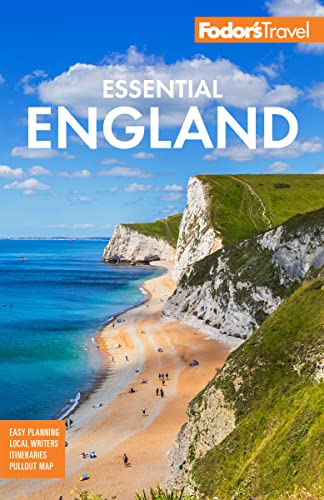How to Sample Great English Cheeses in Yorkshire
England's lush pastures yield more than 700 types of cheese, which the English eat at any time except breakfast. Smooth and creamy, nutty and tasty, or blue and smelly, cheese turns up in sandwiches and soups, on toast, as a topping, and on cheese boards at the end of a meal.
Cheeses come in three strengths: mild, medium, and mature. Young cheese is mild and crumbly; as it ages, the flavor gets sharper and the texture firmer. Protected Designation of Origin (PDO) applies to 15 cheeses that are produced in a designated area. An increasing number of small artisan makers produce distinctive and organic cheeses as well as those made from the milk of goats (Quickes) or sheep (Blacksticks); they aren't afraid to experiment. Cornish Yarg is covered with nettles, Stinking Bishop is washed in perry (an alcoholic drink made from pears), and White Stilton is often stuffed with fruit. Some pubs offer local cheese as part of a "ploughman's lunch," served with crusty bread, relish, and pickled onion.
On the Side
For ploughman's lunches, look for fruit chutneys made from raisins, apples, onions, vinegar, and sugar. Branston pickle is a crunchy, spicy-sweet mix of chopped vegetables. Small pickled onions and gherkins are common. Piccalilli consists of cauliflower florets pickled in a thick yellow spicy sauce. Cheese boards have three or four cheeses, grapes, apples, pears, biscuits, and crackers.
Blue Stilton
This has been the king of English cheeses since the 18th century. With a strong taste and scent, it's now the cheese traditionally served at Christmas, often with port. Distinguished by blue veins and a crusty exterior, the whole cheeses are wheel-shape and become softer and creamier as they age. As a condition of its PDO status, it must be made in Nottinghamshire, Derbyshire, or Leicestershire.
Cheddar
Originally matured only in caves at Cheddar in Somerset, this is the best known of all English cheeses. Ranging from mild to extra-mature (nuttier), it's firm in texture. If you're looking for the best, aim for West Country Farmhouse Cheddar, which has PDO status when it’s made traditionally in Devon, Cornwall, Somerset, and Dorset.
Cheshire
The oldest named English cheese has appeared on the menu since Roman times. Usually white in color, it has a crumbly texture and salty tang, and it's sometimes colored with annatto, a derivative of the achiote tree that gives a yellow hue to orange color.
Double and Single Gloucester
Both varieties have a smooth, dense texture and creamy flavor. Double is more common, and its buttery color is due to annatto. Single Gloucester has PDO status; this requires the cheese to be made in Gloucestershire, to be wheel-shaped, and to be natural in color.
Lancashire
This cheese comes in three strengths according to age: creamy, crumbly, and tasty. The creamy, young cheese is ideal for cheese on toast (Welsh rarebit); the crumbly goes well with fruitcake or an apple and is also good in a salad.
Shropshire Blue
Contrary to expectation, this cheese has never been made in Shropshire. Now produced exclusively in the East Midlands, it's a soft, mellow, orange-color cheese with blue veins, created by injecting the penicillium mold.
Wensleydale
Made all over the country, the cheese is traditionally produced at Hawes in Wensleydale in Yorkshire. It has a white, crumbly texture and a salty taste; it's best eaten when young and fresh. Wensleydale is often served with fruitcake, fresh apples, or hot apple dishes.




